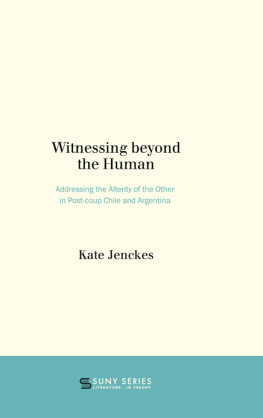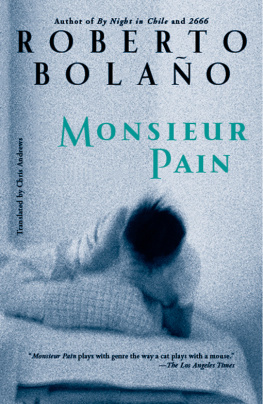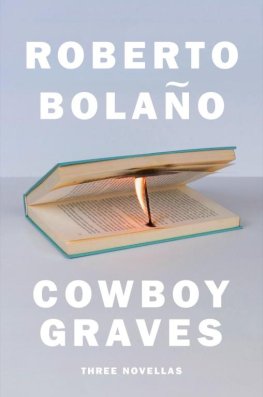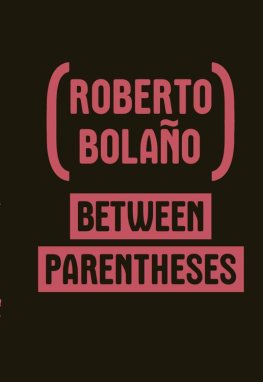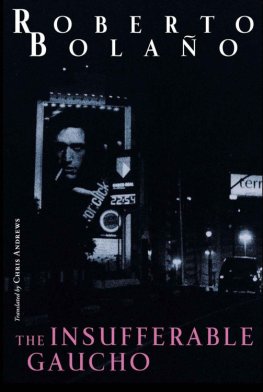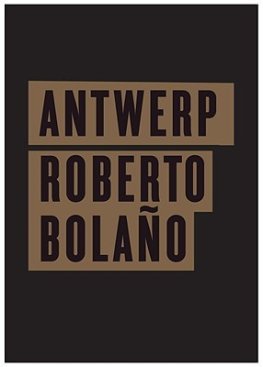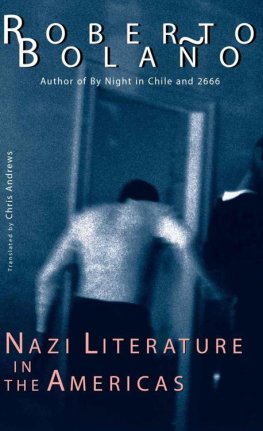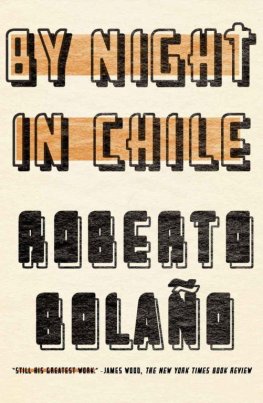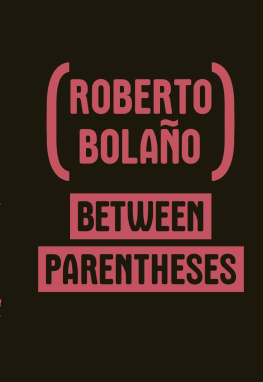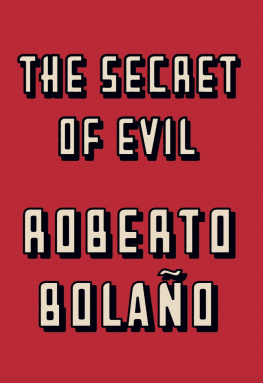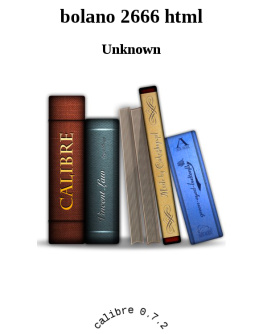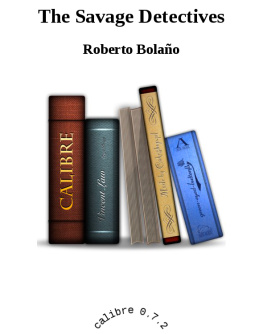Witnessing beyond
the Human
SERIES EDITORS
David E. Johnson (Comparative Literature, SUNY Buffalo)
Scott Michaelsen (English, Michigan State University)
SERIES ADVISORY BOARD
Nahum D. Chandler (African American Studies, University of California, Irvine)
Rebecca Comay (Philosophy and Comparative Literature, University of Toronto)
Marc Crpon (Philosophy, cole Normale Suprieure, Paris)
Jonathan Culler (Comparative Literature, Cornell)
Johanna Drucker (Design Media Arts and Information Studies, UCLA)
Christopher Fynsk (Modern Thought, Aberdeen University)
Rodolphe Gasch (Comparative Literature, SUNY Buffalo)
Martin Hgglund (Comparative Literature, Yale)
Carol Jacobs (Comparative Literature & German, Yale University)
Peggy Kamuf (French and Comparative Literature, University of Southern California)
David Marriott (History of Consciousness, University of California, Santa Cruz)
Steven Miller (English, University at Buffalo)
Alberto Moreiras (Hispanic Studies, Texas A&M University)
Patrick ODonnell (English, Michigan State University)
Pablo Oyarzn (Teora del Arte, Universidad de Chile)
Scott Cutler Shershow (English, University of California, Davis)
Henry Sussman (German and Comparative Literature, Yale University)
Samuel Weber (Comparative Literature, Northwestern)
Ewa Ziarek (Comparative Literature, SUNY Buffalo)
Witnessing beyond
the Human
Addressing the Alterity of the Other in
Post-coup Chile and Argentina
Kate Jenckes
Published by State University of New York Press, Albany
2017 State University of New York
All rights reserved
Printed in the United States of America
No part of this book may be used or reproduced in any manner whatsoever without written permission. No part of this book may be stored in a retrieval system or transmitted in any form or by any means including electronic, electrostatic, magnetic tape, mechanical, photocopying, recording, or otherwise without the prior permission in writing of the publisher.
For information, contact State University of New York Press, Albany, NY
www.sunypress.edu
Production, Jenn Bennett
Marketing, Fran Keneston
Library of Congress Cataloging-in-Publication Data
Names: Jenckes, Kate- author.
Title: Witnessing beyond the human : addressing the alterity of the other in post-coup Chile and Argentina / by Kate Jenckes.
Other titles: Alterity of the other in post-coup Chile and Argentina
Description: Albany, NY : State University of New York Press, 2017. | Series: Suny series, literature in theory | Includes bibliographical references and index.
Identifiers: LCCN 2016031421 (print) | LCCN 2016050699 (ebook) | ISBN 9781438465715 (hardcover : alk. paper) | ISBN 9781438465722 (e-book)
Subjects: LCSH: Spanish American literature--20th century--History and criticism. | Other (Philosophy) in literature. | Other (Philosophy) in art. | Gelman, Juan, 1930-2014--Criticism and interpretation. | Chejfec, Sergio--Criticism and interpretation. | Bolao, Roberto, 1953-2003--Criticism and interpretation. | Dittborn, Eugenio--Criticism and interpretation.
Classification: LCC PQ7081 .J46 2017 (print) | LCC PQ7081 (ebook) | DDC 860.9/982--dc23
LC record available at https://lccn.loc.gov/2016031421
10 9 8 7 6 5 4 3 2 1
Contents
List of Illustrations
Acknowledgments
I began writing this book in the short interval between the death of my brother and the birth of my children. My fascination with the nature of survival, a sense of life that exceeds the distinction between life and death, intensified during this period, and enabled me to write this version of the project.
The book was conceived much earlier, while I lived in Chile and traveled regularly to Argentina, and was impelled to consider the nature of survival in relation to the ongoing effects of the various golpes associated with the dictatorships. It was shaped by the exhilarating intellectual environment I was exposed to while in Chile, and which I have followed to the best of my ability through readings and an occasional exchange.
I am deeply grateful to all those who inspired and supported the project and my intellectual development more generally, including friends, colleagues, and students from all of my numerous homes over the past several decades, including my current department at the University of Michigan, which is one of the most intelligent and supportive departments in my field. I would like to acknowledge the following individuals in particular, although there are countless others who contributed in their own ways. From Chile: Willy Thayer, Pablo Oyarzn, Nelly Richard, Federico Galende, Elizabeth Collingwood-Selby, Oscar Cabezas, Sergio Villalobos-Ruminott, and special appreciation to Eugenio Dittborn for the use of his images; from Michigan: Gareth Williams, Cristina Moreiras-Menor, Jaime Rodrguez-Matos, Irving Leon, Ross Chambers, andwhy not?Sergio again, since I am so happy he has joined our department. From various other places: Alberto Moreiras, Brett Levinson, Patrick Dove, and Erin Graff-Zivin (special thanks to these last two for keeping me in the game; their friendship and encouragement have played no small part in the completion of this book). I am immensely appreciative of the support I received from the editors at SUNY press, including David Johnson and Scott Michaelson, Beth Bouloukos, Jenn Bennett, Fran Keneston, and all the others, whose names I dont know, who helped turn my words and ideas into a book. My mom provided invaluable assistance at the very end. Finally, my greatest gratitude goes to Thom, Claire, and Peter, for providing my life with sparkle, warmth, andcrucial for the writing of this bookbasic, patient support.
Portions of Chapters 1 and 2 appeared in The New Centennial Review and the Revista de estudios hispnicos . It is with their permission that they are reprinted here.
Support from the Michigan Humanities Award (2014), combined with my sabbatical, gave me a precious year in which to finish the first draft of this book.
Introduction
A collage from 1980 by the Chilean artist Eugenio Dittborn features an image of a black boxer knocked against the ropes and a man in white leaning over him in a gesture of concern. Behind the boxer appear the indistinct shapes of (mostly white) spectators, and the picture is framed by the unmistakable curvature of an early television screen, suggesting innumerable others. The piece is pointedly titled Piet , which refers to the iconic scene of Mary bent in grief over Jesuss dead and battered body before his ascension, and which finds a visual echo in the way the figures are positioned in the boxing ring. A faint inscription written beneath the image reads, Humanidad: del latn humando , sepultar; In tension with the Biblical scene of lamentation, the image of the prostrate boxer seems to pose the question of how the notion of humanity both resembles and differs from the Christian structure of redemption. Do the secular gazes of the boxing officials and spectators seek to bury the fallen boxer, containing and covering over mortal suffering and finitudeevoking the distant etymological link between humus (earth) and humanus ? Or do they constitute a form of redemption, their compassion ( piet ) anticipating or replacing the Biblical moment of divine ascension? Or perhaps these are two versions of the same thing, human suffering serving as the ground from which redemptionwhether Judeo-Christian, secular humanist, or as part of the culture of sportsprings. The piece can be seen as posing the question of what it might mean to respond to the suffering of another in the absence of a redemptive, prosopopoeic structure. In other words, it can be considered to address the question of testimony beyond the salvation or sepulture of the human.

